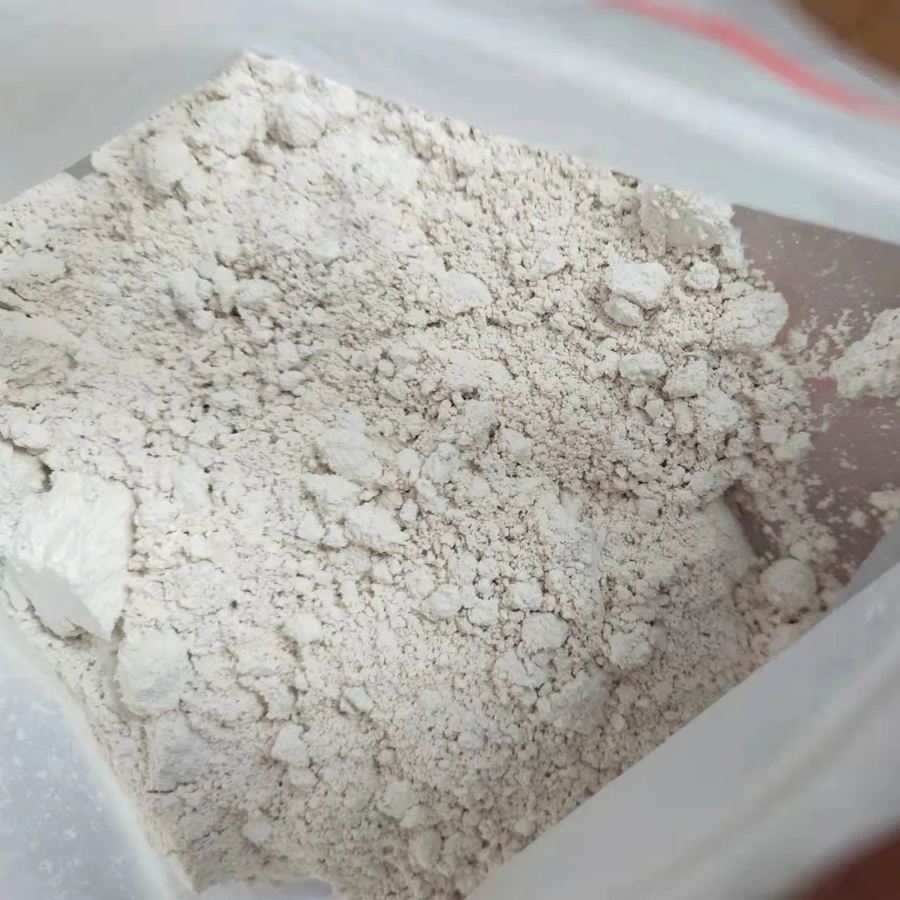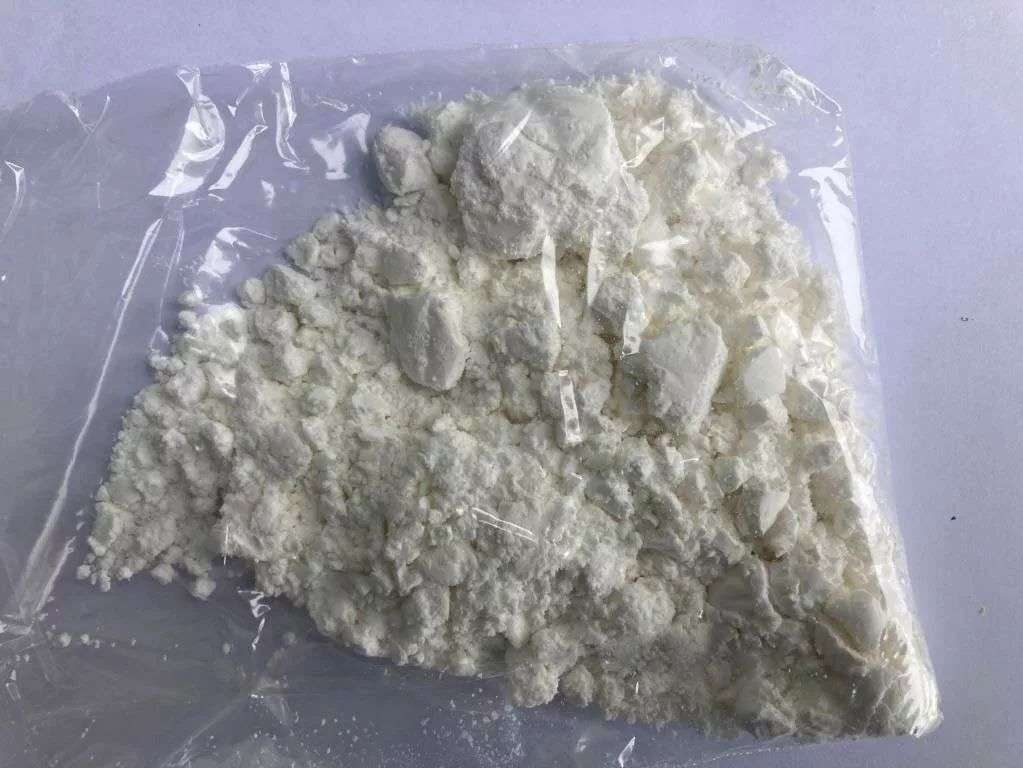
Oxycontin is a semi—synthetic opioid, synthesized from opium poppy. It is used as a narcotic analgesic. The drug was synthesized in 1916 as an opiate of a more advanced generation.
Oxycontin as a drug is combined with naloxone, reducing opioid-induced euphoria, as well as side effects such as constipation.
A short-acting drug, in tablet form, is used twice a day. Like other opiates, oxycontin is used primarily for the relief of acute pain and for the pain syndrome of oncological diseases. Side effects are less pronounced than when using morphine, so oxycontin is today the preferred first-order drug for cancer pain.
Common side effects include euphoria, constipation, fatigue, dizziness, nausea, vomiting, dry mouth, anxiety, itching and sweating. Less common side effects include loss of appetite, nervousness, abdominal pain, diarrhea, urinary retention, shortness of breath, and hiccups.
Overdose leads to loss of consciousness, shallow breathing, bradycardia, cold-sticky skin, shortness of breath, hypotension, miosis, in more severe cases — vascular shock, respiratory arrest and death.
The risk of serious withdrawal syndrome is high if the patient who took the medicine became addicted and abruptly stops taking oxycontin. Therefore, in cases where the drug has been regularly used for a long period of time, its use should be discontinued gradually. People who use the drug for non-medical purposes, as a rule, use higher dosages, therefore they are even more at risk of developing drug addiction. Withdrawal symptoms when canceling oxycontin are the same as for other opiates: flu-like condition, anxiety, irritability, diarrhea, insomnia, muscle pain, muscle weakness, fever and others.
Presumably, oxycontin acts primarily on the k-opioid receptors, unlike morphine, which acts on the m-receptors. Chemically, oxycontin is similar in structure to codeine, differing in that it has an additional hydroxyl group and a carbonyl group in place of the hydroxyl group of codeine.

Oxycontin can be administered orally, intranasally, by intravenous, intramuscular, subcutaneous injection or rectally.
The oral drug begins to act an hour after ingestion.
The half-life is 2-4 hours. Urinary excretion (83%).
Oxycontin is metabolized in the liver, which makes it vulnerable to drug interactions. The metabolic rate may differ significantly depending on the individual metabolic rate, which may lead to a decrease in the analgesic effect and an increase in side effects.
The United States accounts for 82% of non—medical use of oxycontin, another 13% – together Canada, Germany, Australia and France.
In the United States, about 100,000 people are admitted to hospitals each year due to misuse of the drug, making it the most common opioid drug in the country. Narcotic use is not infrequently carried out with a change in the originally intended form of administration. Injectable solutions are made from tablets, or the vapors of the drug released when heated are inhaled. The growth of non-medical consumption of oxycontin has led to attempts to release forms of the drug that are inconvenient for narcotic use. Substances that cause irritation when administered through the nasopharyngeal mucosa are added to the tablets.
It is believed that a significant problem of the spread of non-medical use of oxycontin is the interest of the pharmaceutical lobby in large-scale marketing of the drug. Oxycontin displaces illegal substances from the drug market, presenting competition to criminal drug cartels. In recent years, laws have been blocked in a number of American states that tighten responsibility for the illegal trade in potent drugs.













